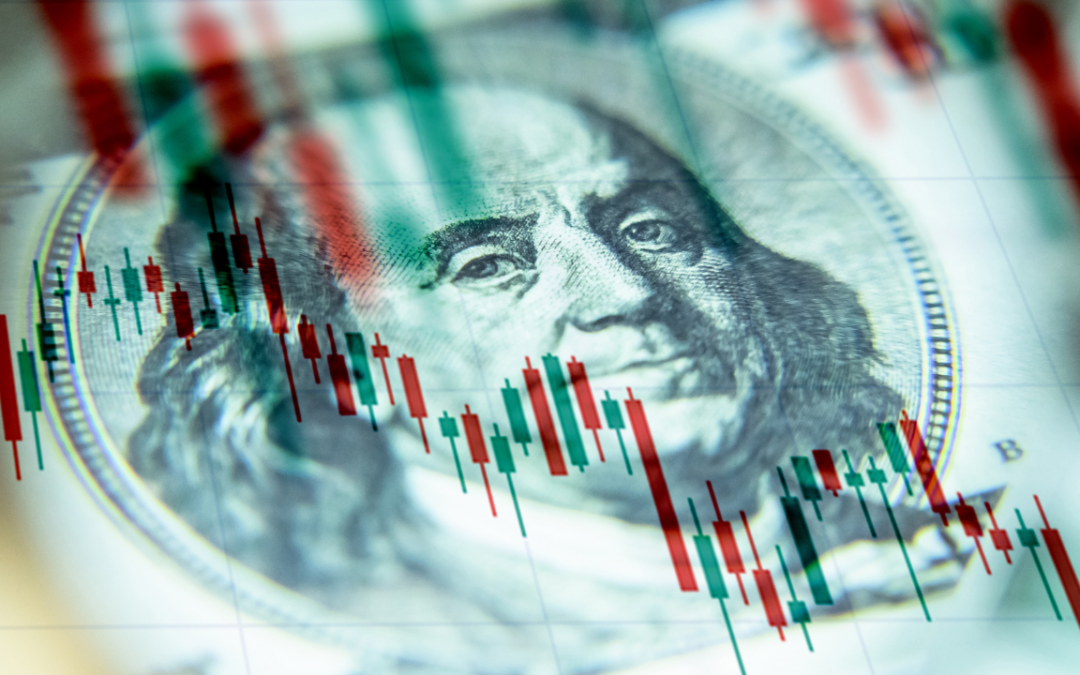Following the Thanksgiving weekend, the US is experiencing a spike in daily recorded COVID-19 cases well above the summer’s previous highs. Hospitals and medical facilities are once again showing signs of extreme strain. Yet given the massive impact to the economy and human welfare of the second quarter’s ‘Great Pause,’ the possibility of renewed nationwide lockdowns and other restrictions has sent chills down the collective spines of employers and employees alike.
Early 2020 was a period of time when fear and panic seemed more contagious than SARS-CoV-2 itself. Leaders reached for the nearest blunt instruments available—lockdowns and travel restrictions—which shutdown wide sectors of the economy. Those actions had a devastating impact on economic and social well-being. Should similarly restrictive policies be implemented again, the consequences could include the first extended financial crisis in history willingly precipitated by self-inflicted measures.
As was the case earlier this year, such actions would be undertaken with the consenting participation of government, financial, corporate and individual leaders of varying degrees of qualification and expertise. Decision-making would reflect the expert advice of the medical and scientific communities, well-versed in immunology and health care, but with little understanding of business, economics, markets or sociology. By ignoring these other factors and reverting to wide-spread lockdowns, decision-makers will have violated the maxim that “experts should be on tap but never on top.”
To be sure, equity markets are soaring, and the housing market is robust. Employment is recovering. The economy appears to be re-gaining steam lost mid-year, and consumer spending is rebounding. And unlike the global financial crisis (GFC), the banking sector is not in meltdown and markets have avoided a liquidity squeeze.
So where is the problem? It begins with the realization that we have now entered a more dangerous phase where solvency, rather than liquidity, becomes the primary challenge.
During times of serious financial stress, illiquidity and insolvency tend to arrive sequentially. Illiquidity is almost always first, precipitated by unexpected events that unleash sharp reversals in sentiment, with investors scrambling to pull money out of the financial system. With many sellers and few buyers, asset values plunge, triggering margin calls that exacerbate the dumping of assets, precipitating a vicious downward spiral of financial stress and loss.
Insolvency arises when asset values fall substantially relative to fixed liabilities. Thus far, pandemic era outcomes have been less onerous than during the global financial crisis (GFC), given emergency funding and credit backstops from governments and central banks. But now is not the time for complacency. Rather, we are on the threshold of seeing solvency risks rise.
Defaults across both the corporate and household landscapes are likely to rise significantly, given that both sectors were loaded with too much debt before the onset of the pandemic. Defaults are typically a lagging indicator of financial distress. Today, the situation appears even worse than during the GFC.
For instance, according to recent survey data, mortgage payment delinquencies are more than double their rate from a year ago and by at least one measure are now at their highest rates since the second quarter of 2010. Similarly, by June 2020 the number of US corporate debt defaults had already exceeded the full-year 2019. The total volume of defaults for 2020 may exceed the record set during the GFC. All of this creates an environment in which a financial crisis looks increasingly likely. The only questions are how severe and long-lasting it may prove to be this time.
A high level of defaults is typically consistent with deflation. Yet this time it may be a precursor to inflation.
As I have written elsewhere, we need to consider the possibility of a sudden shift to an inflationary environment. The history of severe or hyperinflations shows that they often start with deflation, which shifts (initially benignly and then more rapidly) into rising inflation. Moreover, while inflation may emerge slowly, the tail-risk is that an unforeseen event catalyzes a sudden surge. Possible risk factors include a sharp dollar depreciation, a sustained supply-side disruption, an expansion of the money supply unmet by increased demand for money, war, or a combination of events. Most of these risks appeared remote in 2019, but have since risen appreciably.
For example, Stephen Roach, formerly Morgan Stanley’s Asia Chairman and now a Senior Fellow at Yale, recently suggested that the dollar could drop by 35% in the near-term. A weaker US dollar would boost import prices and lift prices of many commodities, including energy. That’s akin to what happened in the early 1970s.
A supply-side shock could also boost prices. Pandemic, political or conflict-related disruptions to trade with China or to food and energy supplies could quickly change perceptions about inflation risks. Nor should we forget that central banks everywhere have created vast amounts of money this year in the process of underwriting enormous budget deficits. Inflation represents the loss of value of money. Some early signs, such as soaring Bitcoin prices, along with lofty equity and housing markets, all suggest that dollars, euros and other currencies are at risk of losing their value owing to excess supply created by central banks in 2020.
Ignoring inflation risk is like the turkey who comes to love the farmer who feeds, shelters and cares for him every day, unable to see how his life will radically change come Thanksgiving Day. Since most Americans have not experienced severe inflation, they have no frame of reference for it and hence don’t take the risk seriously enough. History is replete with unforeseen and unforeseeable events, as well as those where warning signs were visible but ignored. In a world where supply chains are long, stretched and vulnerable, where governments have accumulated unsustainable deficits and debts, where central banks are financing those deficits, and where some, including the Federal Reserve, are openly committed to overshooting their inflation targets, it seems only prudent to warn that the unexpected could indeed occur.
A pandemic, a solvency crisis and inflation may seem a strange combination. But 2020 has been a strange year in more ways than one – 2021 might even outdo it.



